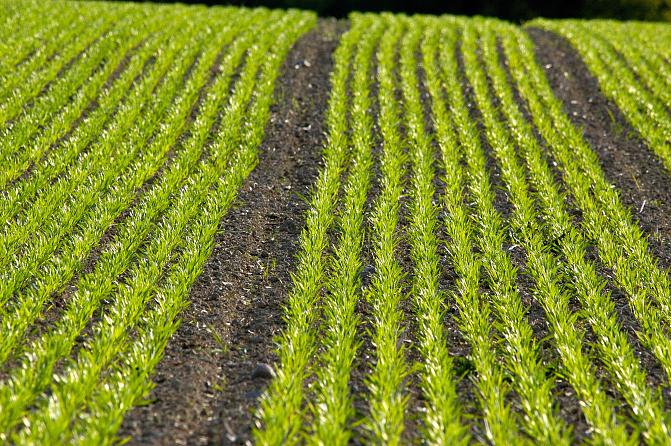
Ammonia emissions from agriculture
On this page
In 2022, ammonia emissions from agriculture totalled 27,000 tonnes, being almost 90% of all ammonia emissions in Finland. Ammonia emissions from agriculture mainly come from manure and inorganic nitrogen fertilizers.
If ammonia emissions are lowered, the quality of air will improve and soil acidification and eutrophication will decrease. Means to reduce ammonia emissions are related to feeding animals, spreading fertilizers and covering manure stocks.
Finland's ammonia emission reduction obligation is 20% as of 2020 compared to 2005 emissions.
Allow functional cookies to show the embedded graph.
Data collection
Description of the indicator
The indicator measures ammonia emissions (NH3) from Finnish agriculture, and it helps to monitor any changes in emission volumes.
The EU emissions ceiling directive ((EU) 2284/2016) obligates member states to calculate, for example, ammonia emissions and report them to the EU Commission. Emissions are evaluated in accordance with the EMEP/EEA Emission Inventory Guidebook. The Finnish Environment Institute calculates Finnish ammonia emissions. Regional emissions in 2015 are not comparable with previous years, as the calculation method has been changed.
This indicator is one of the CAP impact indicators. The indicator will be updated in spring 2026.